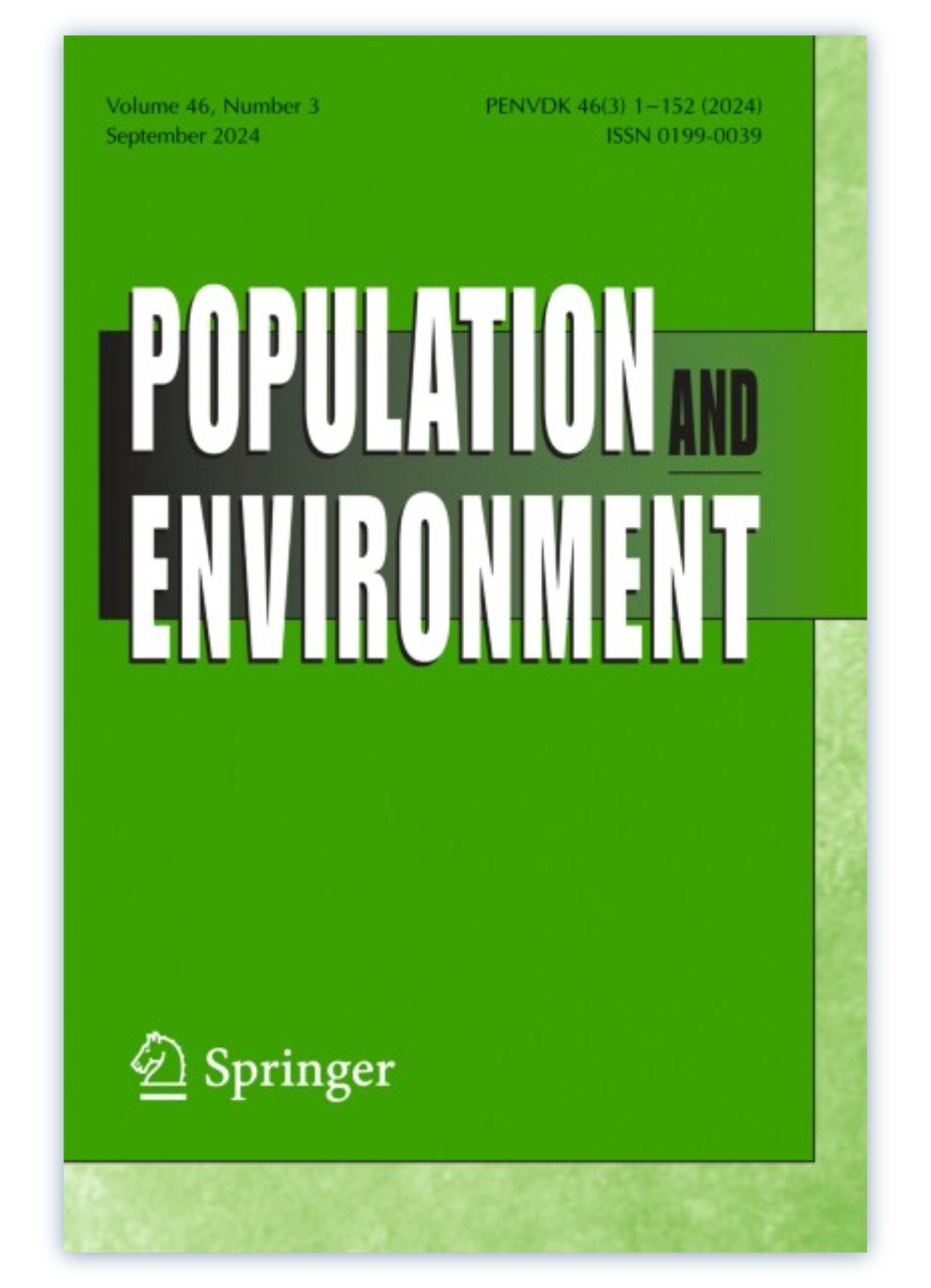
Can a low emission zone improve academic performance? Evidence from a natural experiment in the city of Madrid
In the last decades, various policies have been implemented to reduce air pollution exposure and improve public health outcomes. Among these, low emission zones (LEZs) have been shown to effectively enhance air quality and health outcomes. However, their potential positive externalities on other outcomes, such as academic performance, remain largely unexplored. This study examines the LEZ introduced in the city of Madrid in late 2018 and investigates its impact on the academic performance of students schooled in the designated area. Using a difference-in-differences design, we demonstrate the policy’s effectiveness in improving air quality during its first 4 years. Subsequently, we find a significant increase of 0.20 standard deviations in the average EvAU scores (a high-stakes examination for university admission) among high schools located within the LEZ, a critical advantage for students seeking entry into the most competitive university programmes. Notably, our findings reveal positive spillover effects in the surroundings of the LEZ area and a greater improvement with longer and earlier exposure to cleaner air. Overall, this study offers compelling evidence of the educational benefits resulting from the implementation of a low emission zone that successfully improves air quality.
By Manuel T. Valdés, Mar C. Espadafor & Risto Conte Keivabu .
Low-Emission Zones Improve Learning: The Madrid Central LEZ significantly boosted academic performance, with schools in the zone improving average test scores by 20% of a standard deviation over time.

Air Pollution Harms Students: Air pollution impairs cognitive function, exacerbates health issues, and disrupts learning conditions, while LEZ policies reduce these impacts by improving air quality and lowering noise levels.

Policy Reversal Undermines Progress: The 2024 repeal of Madrid Central’s LEZ is a setback, highlighting the need for broader, sustained policies to protect students from air pollution’s detrimental effects.

